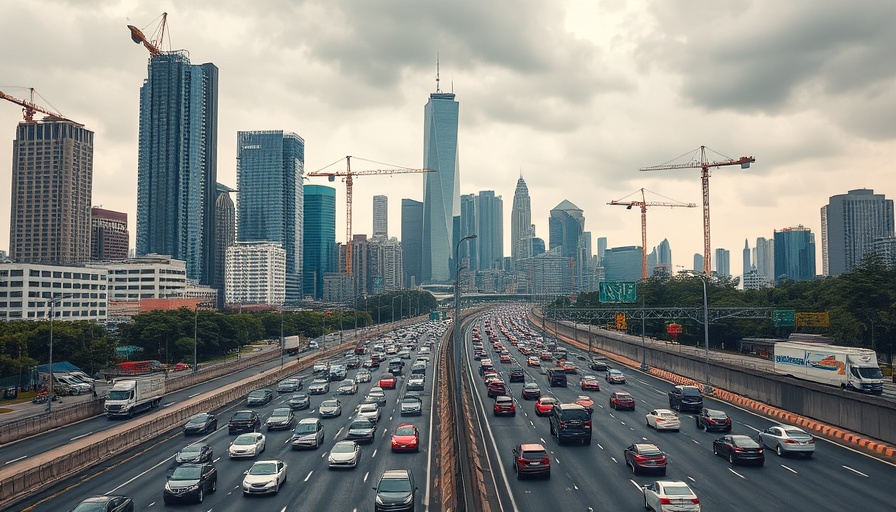
Austin's Danger on the Road: A Deep Dive into I-35
Austin's I-35 has once again captured national attention, and unfortunately, not for a good reason. Recently, a research study published by Future Bail Bonds highlighted I-35's status as one of the deadliest roads in the United States, second only to I-45 in Texas. As the city that prides itself on continuous growth and development, the harrowing statistics associated with I-35 raise questions about safety, infrastructure, and future planning.
The Stats Speak Volumes
Between 2019 and 2023, I-35 accounted for 87 fatal crashes, marking it as the 17th deadliest road in the country. The statistics highlight a consistent danger in a significant transit artery that tens of thousands of locals travel daily. In a broader context, reports indicate that motor vehicle crashes claimed an astounding 186,284 lives across 96,257 roads during this same period, reflecting an alarming trend in overall roadway safety in the U.S.
Understanding the Culture of Commuting
Austin's rapid growth has transformed it into a bustling hub, yet it seems that the infrastructure hasn't successfully kept pace with this evolution. With traffic congestion and high volumes of daily commuters contributing to the inherent risk, I-35's reputation as a "freeway without a future" raises further concerns. A lack of advanced urban planning and strategic revisions often leads to dissatisfaction among commuters, many of whom are becoming increasingly vocal about their experiences on this notorious stretch of road.
Comparative Risks on Texas Roads
Interestingly, I-45 in Houston claimed the title as Texas’s most dangerous road with 88 fatal accidents, ranking just above I-35 in the national context. Other Texas roads were also featured in the report with significant crash numbers. For instance, I-10 in Harris County ranked No. 22 with 76 crashes, demonstrating that increased vigilance and deliberate safety measures are urgently needed across the state.
Future Predictions: What’s Ahead for I-35?
There are many projections regarding the future of I-35 and its role in Austin's infrastructure. Experts argue that without immediate enhancements, such as better traffic management systems, improvements in traffic light coordination, and investments in public transportation, conditions will likely only deteriorate further. Urban planners need to focus not just on expanding roads but on creating holistic traffic solutions that emphasize safety as a top priority.
Community Response and Action
In light of the report findings, community organizations and advocacy groups are becoming more vocal in driving change. Initiatives aimed at lobbying for safer road designs, increased law enforcement presence, and public safety education campaigns are gaining momentum. Community discussions encourage residents to participate in shaping more effective transportation policies and practices that prioritize safety on I-35.
Wrap-Up: The Call to Safety
As Austin continues to grow and change, it is critical for both residents and policymakers to address the concerning statistics about road safety. The findings around I-35 should serve as a wake-up call for the community and state officials alike. Are we sacrificing safety for convenience? The statistics scream for answers. Everyone needs to remain vigilant while commuting and advocates must push for significant improvements to prioritize safety on this widely traveled road. It is time to drive awareness into action for the betterment of our community.
 Add Row
Add Row  Add
Add 



Write A Comment